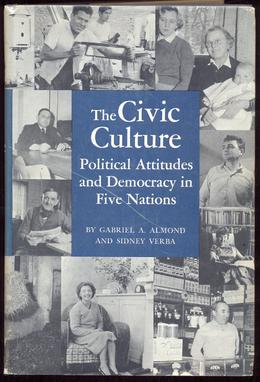One of the more well-known examples of a field experiment in the social sciences is Esther Duflo’s experiment on the usage of mosquito bed nets. Duflo argues that there has been much debate about the effects and efficiency of aid in less-developed countries.
Regarding the bed nets issue, it is well understood that sleeping under a mosquito bed-net in malaria-ravaged regions greatly decreases the chances of contracting malaria. Bed nets are cheap to make and distribute (about $10 US per net), so it’s a relatively efficient way to prevent people (particularly young children) from dying from one of the world’s most deadly diseases. So, why not just give bed nets to those wanting/needing them? Duflo discusses some reasons for and against. Indeed, there are many good reasons a prior to support both the view that bed nets should be given away and that people should be forced to pay for them. There are other issues as well, which you can learn about from the video.

For this post, what is most crucial is that prior to Duflo (and her colleagues’) field experiments, there was no empirical evidence as to what the best approach to dealing with the bed-nets issue was. Following these field experiments, we have the first concrete empirical data to adjudicate amongst the approaches. In order to guarantee the internal validity of these experiments, however, the researchers had to be careful about ensuring randomization. Remember, random does not mean haphazard. The word has a specific meaning, which we’ll discuss next week. The image above is a screenshot from Duflo’s TED talk, showing the result (but not the method of) randomization in one experiment. How is randomization important for both internal and external validity?










You must be logged in to post a comment.